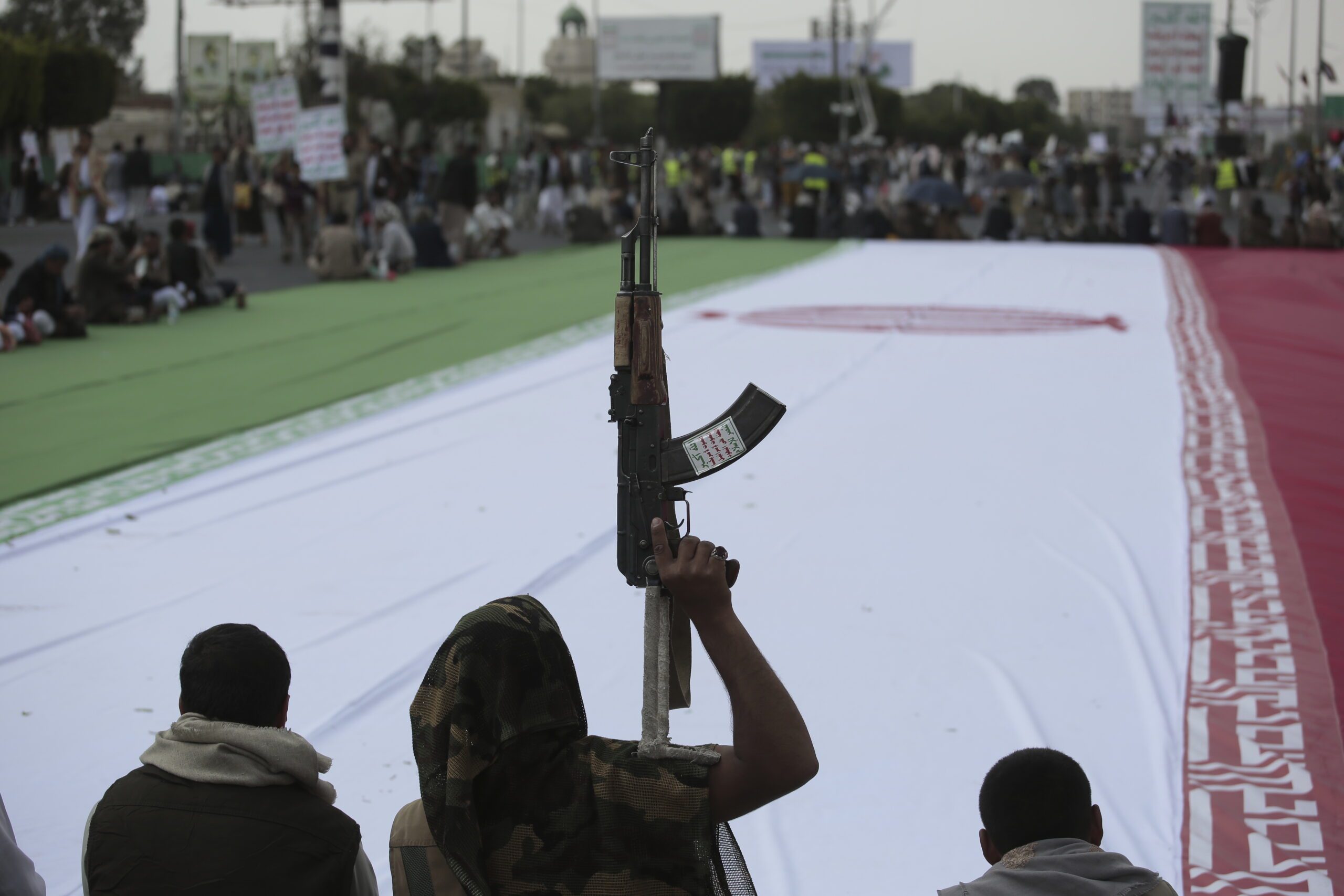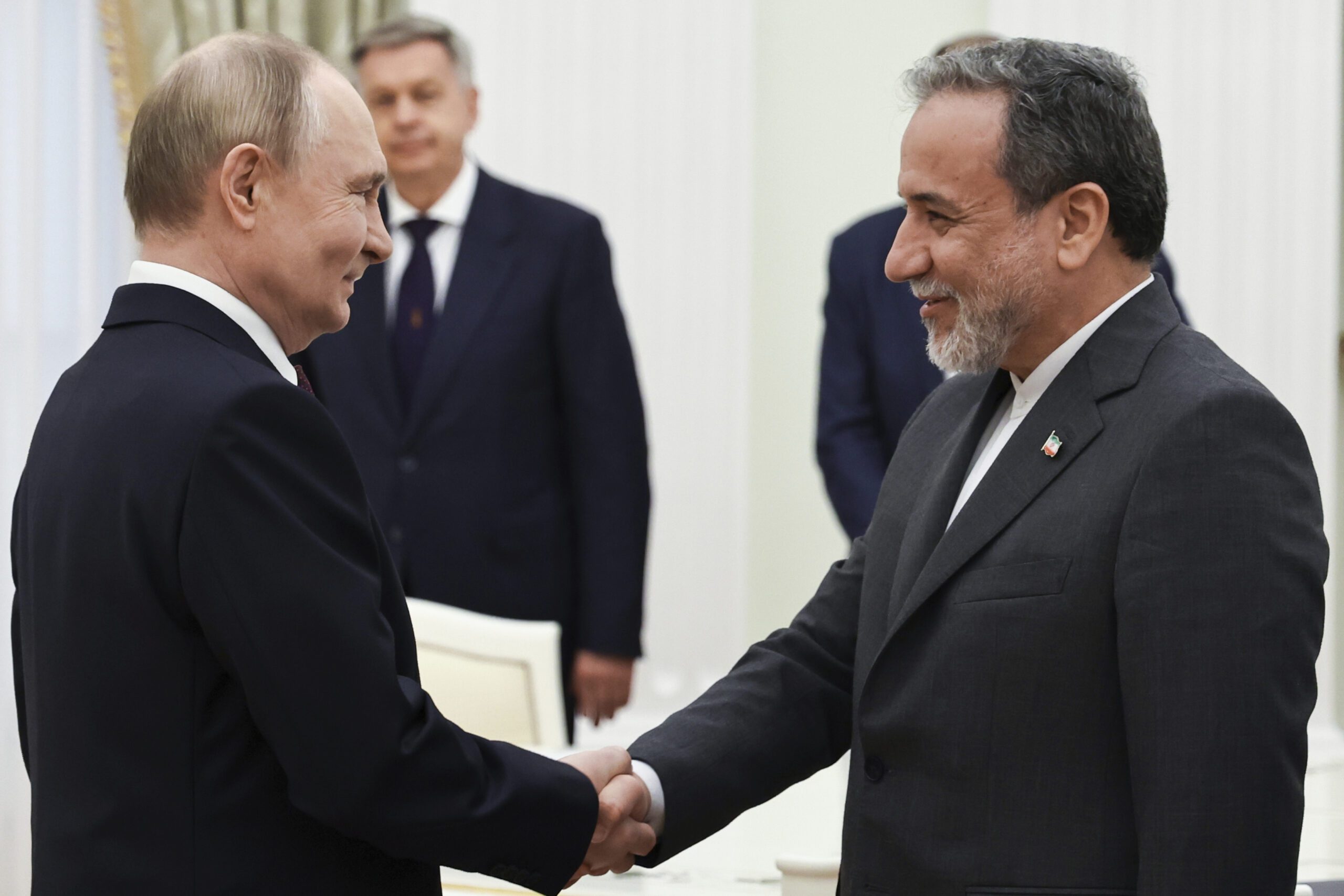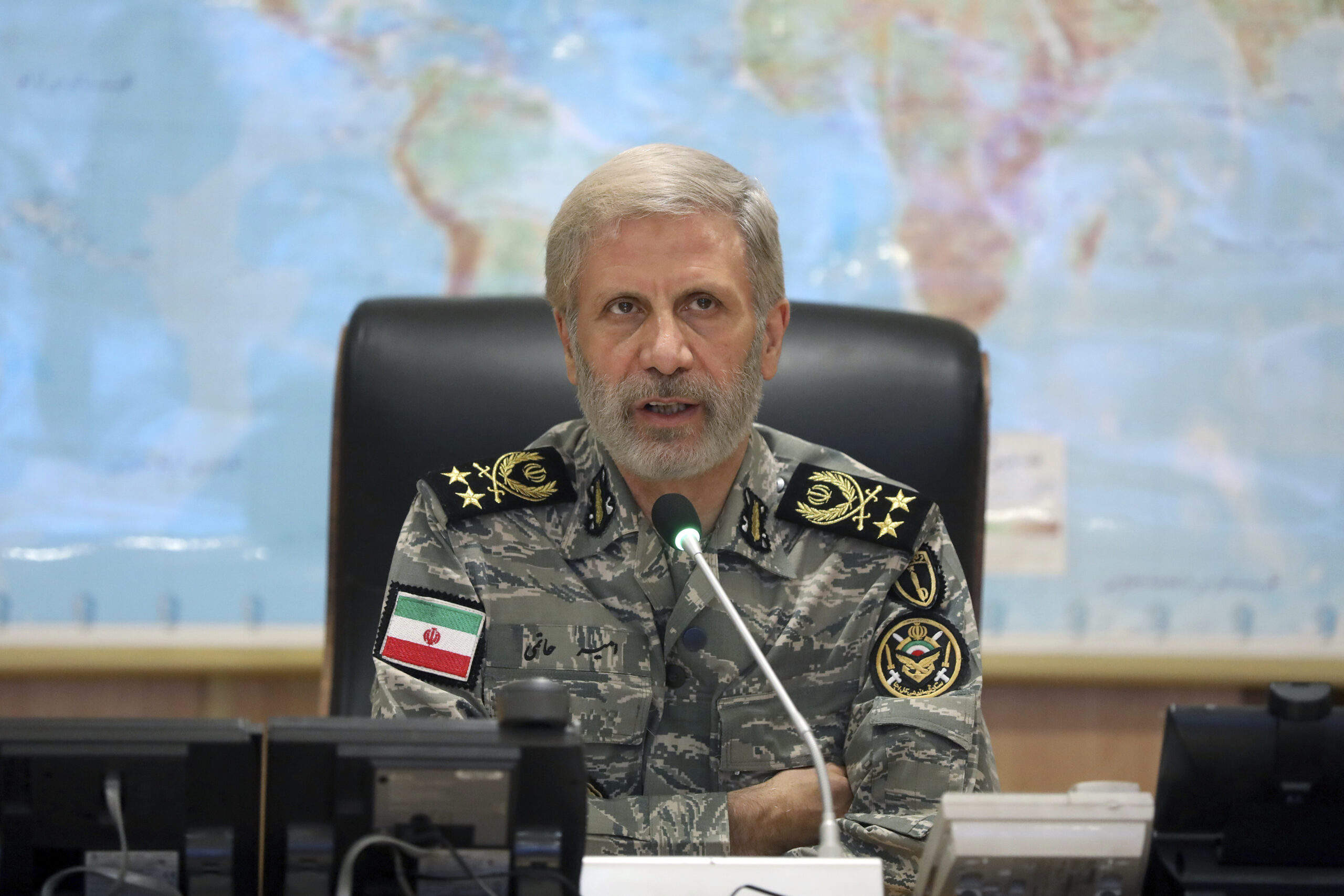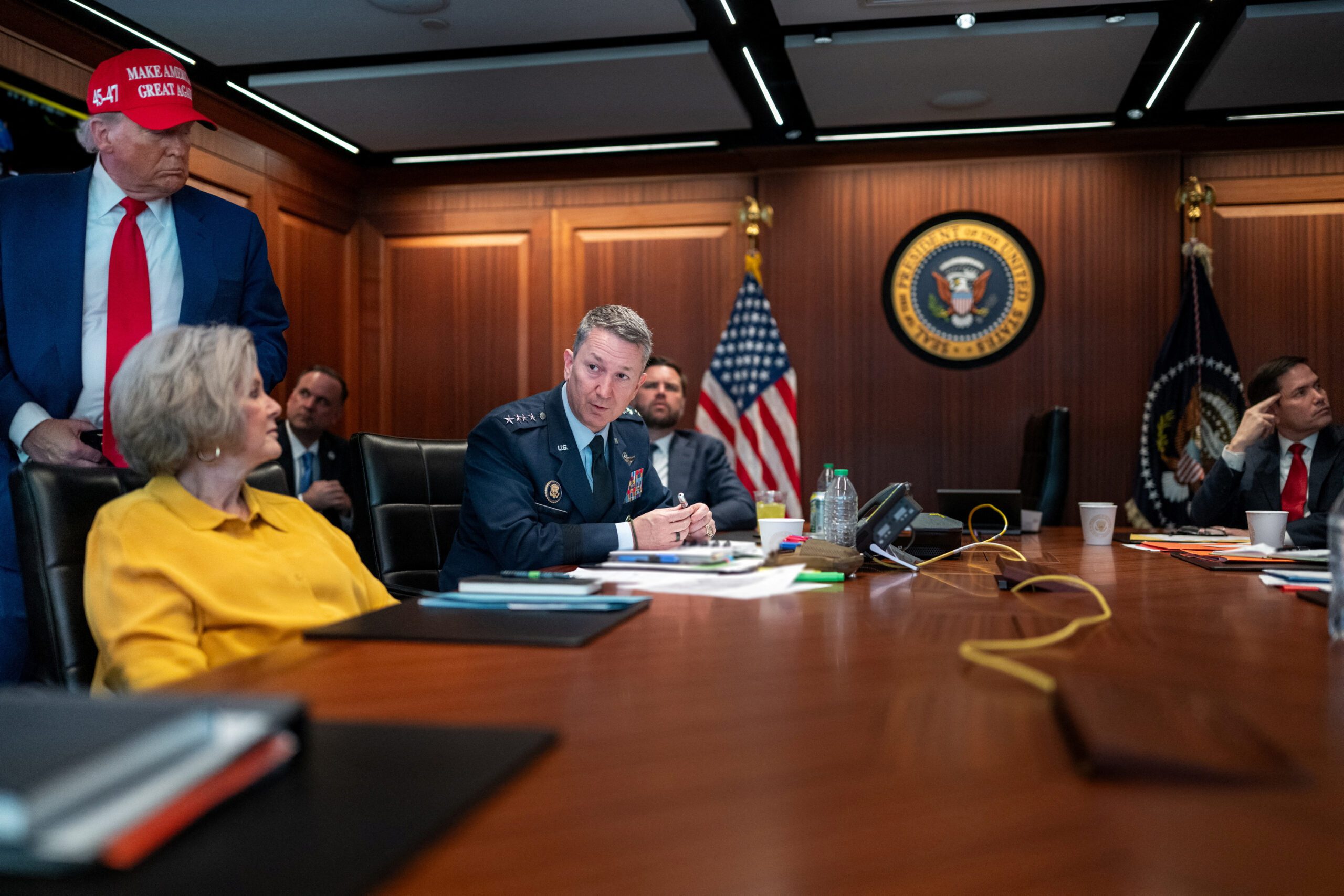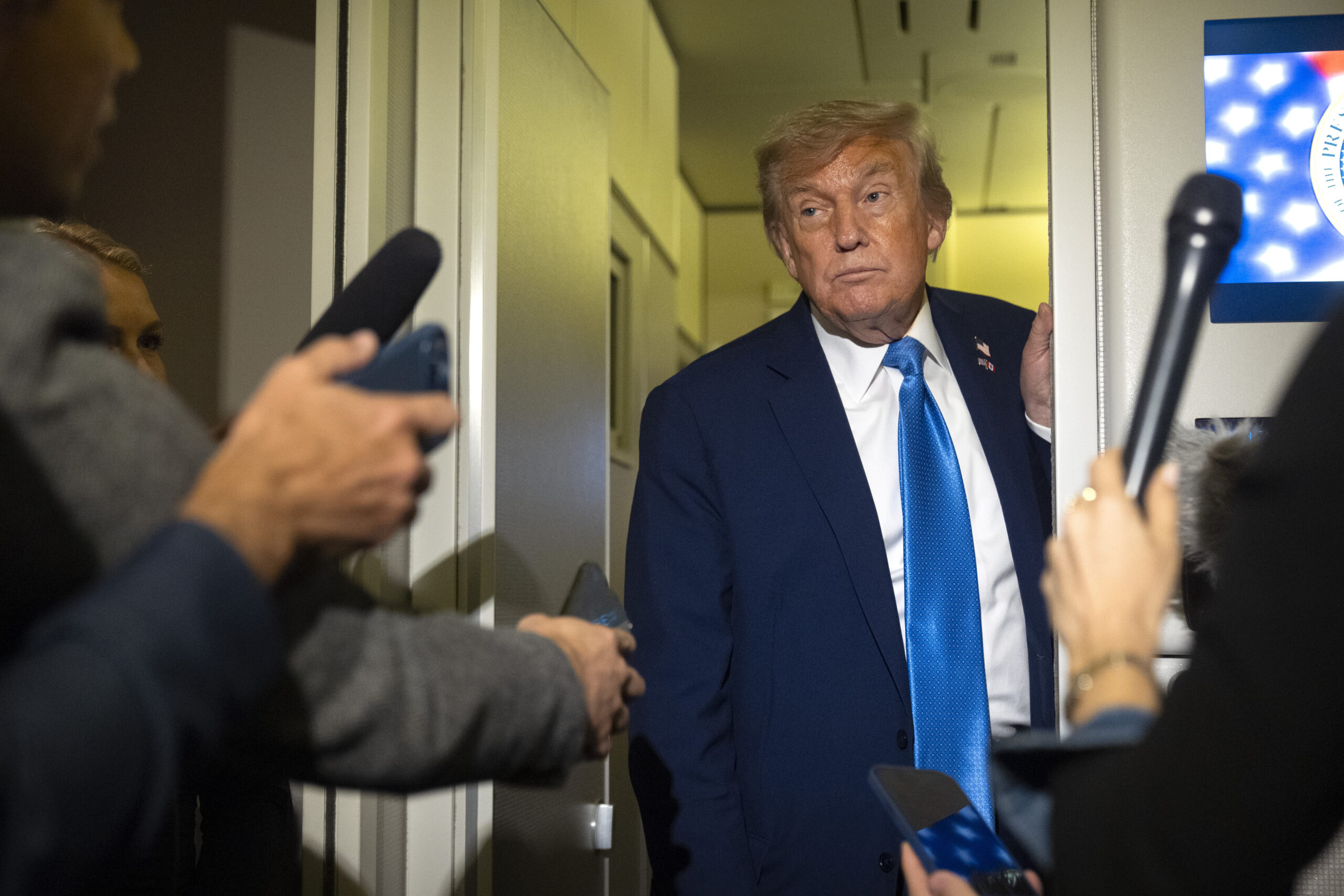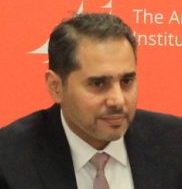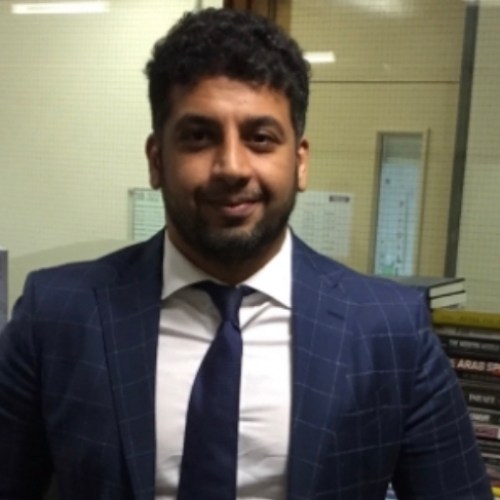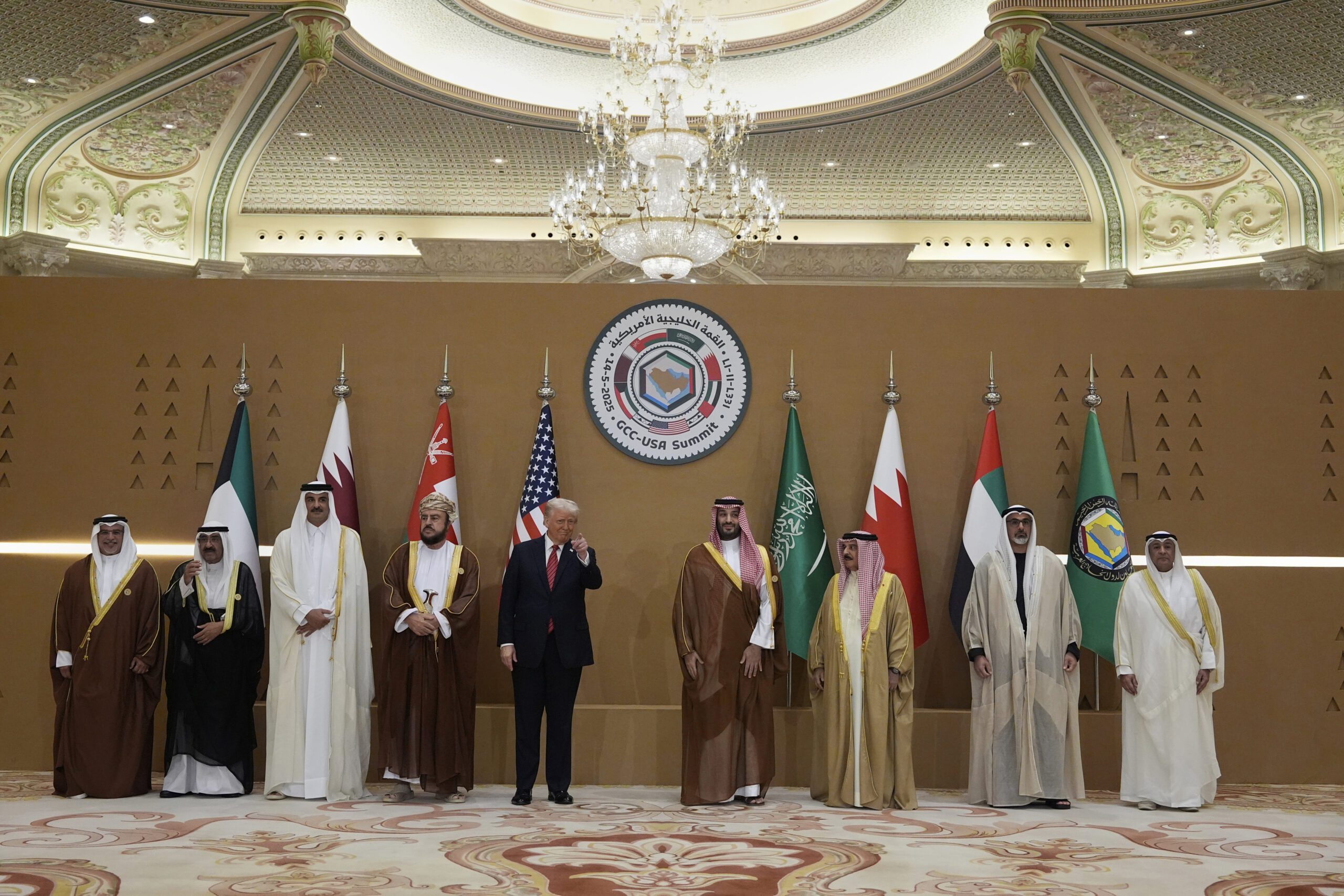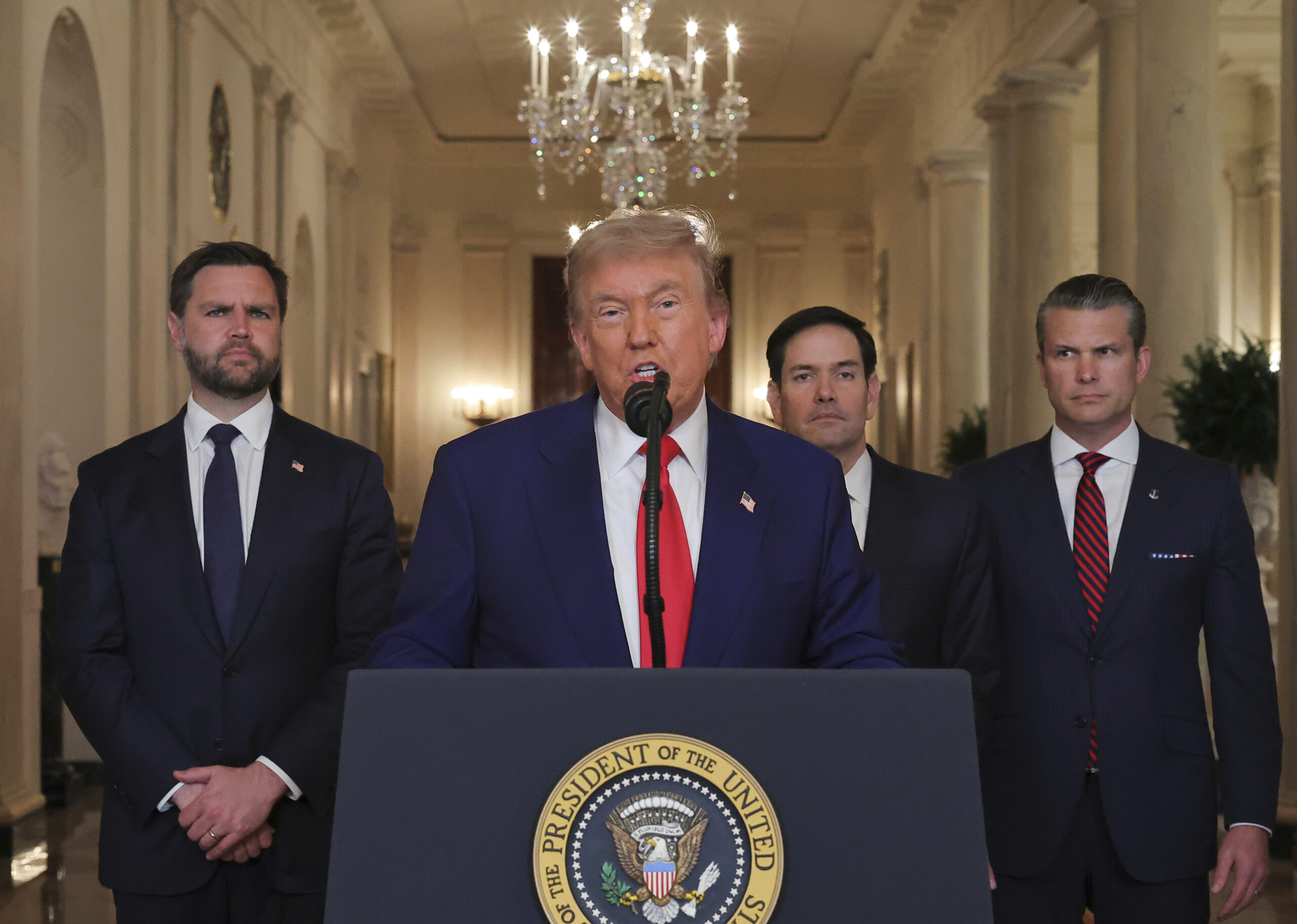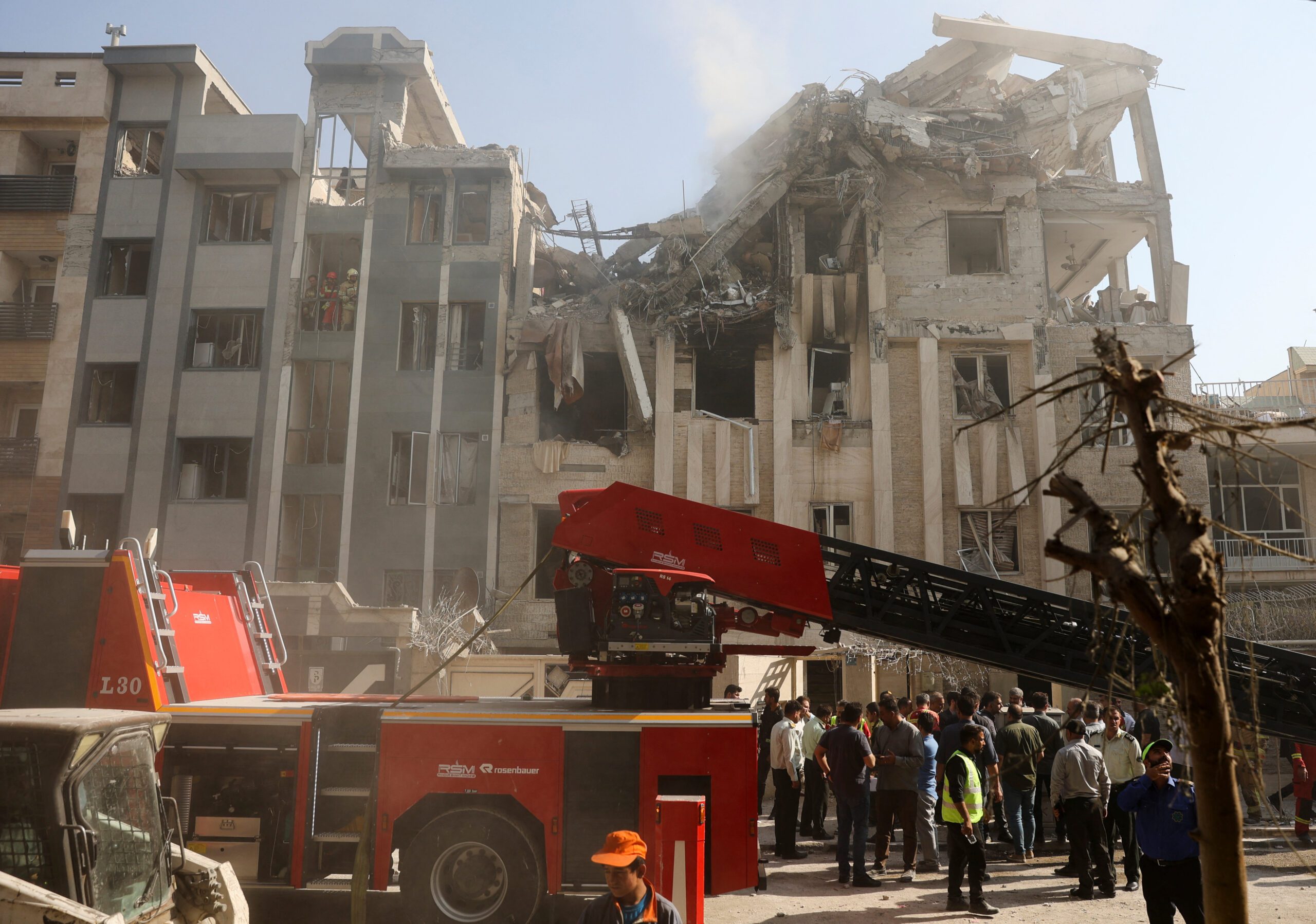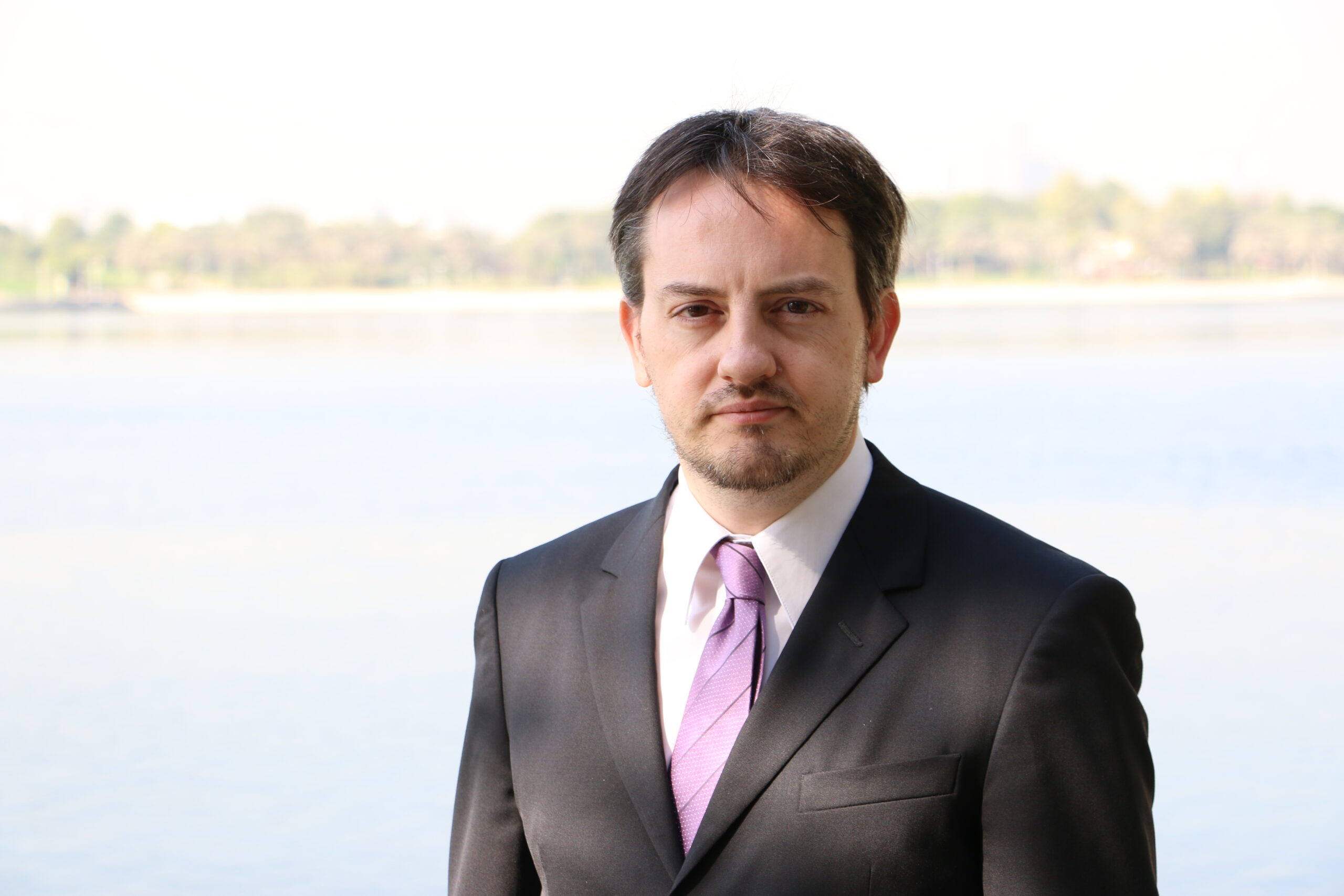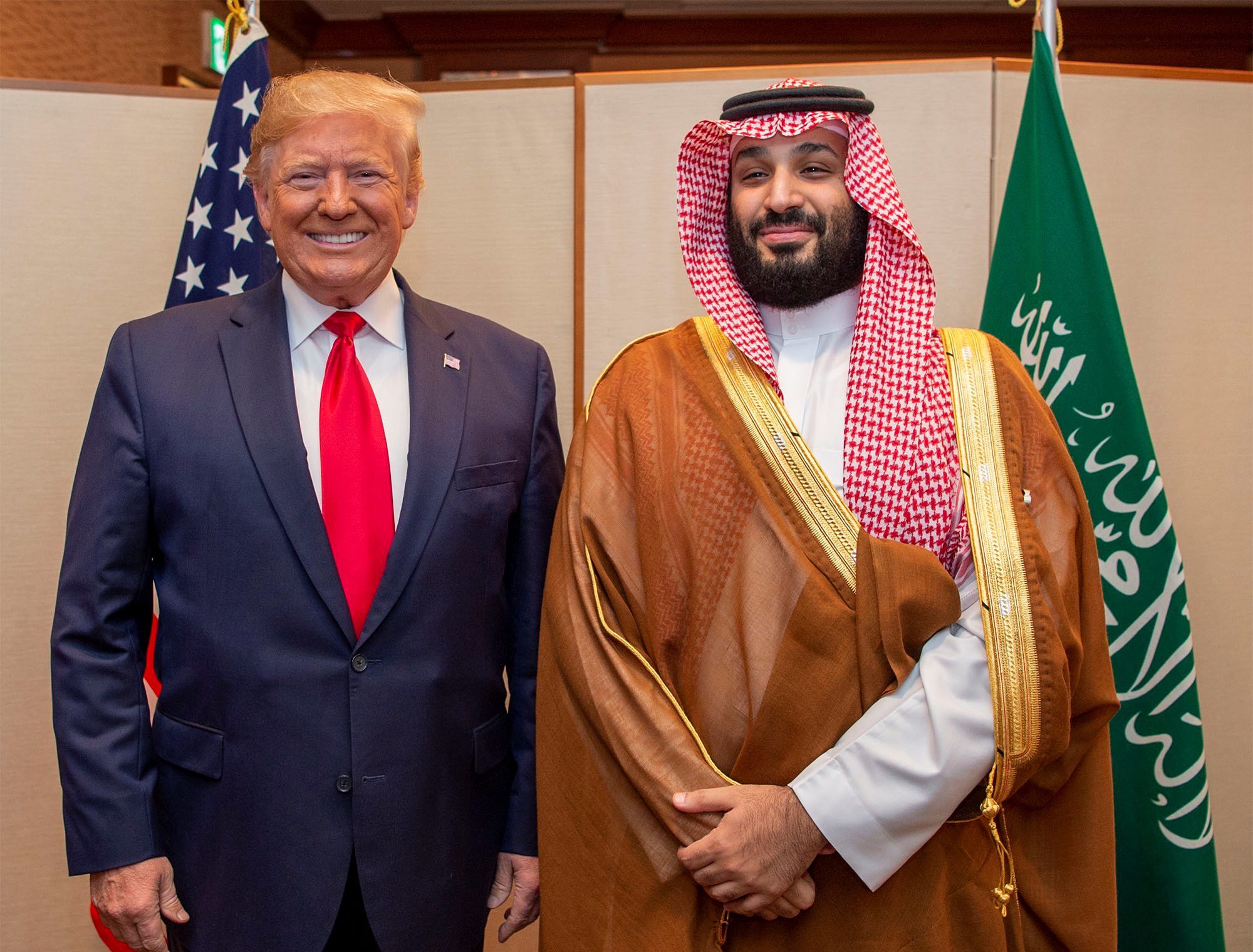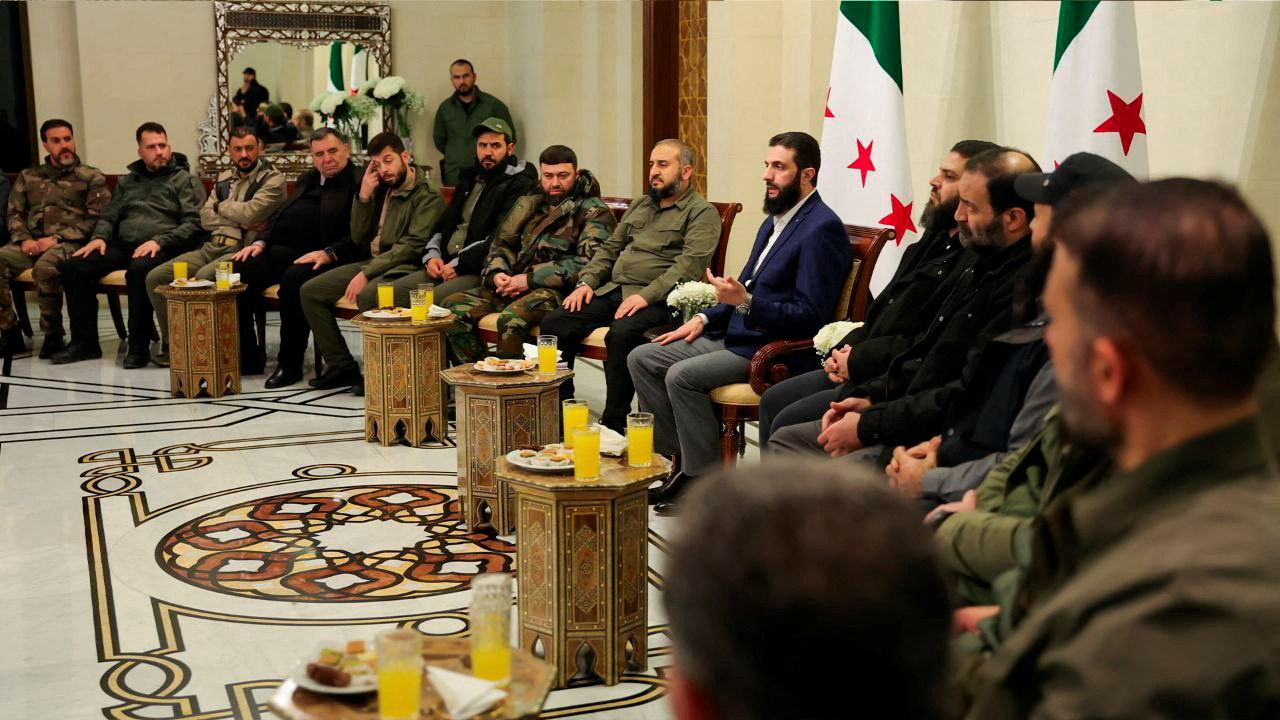A United Army for the Arab World?
WASHINGTON — When, at its March summit meeting, the Arab League announced that it intended to create a unified command for a joint Arab military force, eyes rolled. Given how divided the Arab states are, and how poorly most historical efforts at Arab military coordination have fared, this was widely assumed to be another empty...
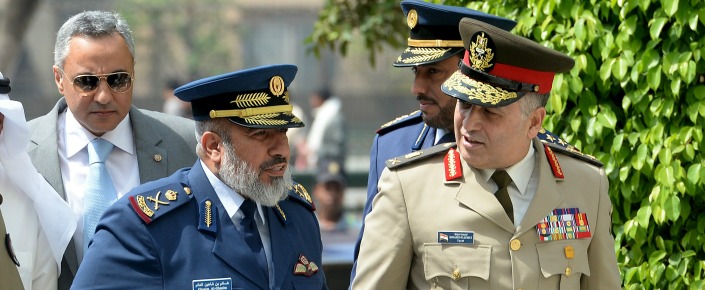
WASHINGTON — When, at its March summit meeting, the Arab League announced that it intended to create a unified command for a joint Arab military force, eyes rolled. Given how divided the Arab states are, and how poorly most historical efforts at Arab military coordination have fared, this was widely assumed to be another empty rhetorical gesture.
Yet Arab governments are persisting in laying the foundation for this joint force. On April 22, the chiefs of staff of the Arab militaries met in Cairo to begin formalizing its precise makeup, rules of engagement and budget. Their proposals are to be ratified by the heads of state within three months.
Despite how ambitious this program is, and the numerous pitfalls that could derail it, the Arab states appear determined to make it work. If such a force emerges, even if it could be deployed only under limited circumstances, it would transform the regional strategic landscape and redefine relations between Arab nations.
The impulse to create a joint force originates in a yearning for greater Arab unity that has haunted Middle Eastern political culture since the short-lived Arab Kingdom of Syria was crushed by the French in 1920, in the aftermath of World War I. The idea of a united Arab force also promises to bring together the financial resources of the Persian Gulf states with the manpower of Egypt, Jordan and Morocco. This responds to traditional Arab frustrations about the separation of large populations from major oil revenues (except in Iraq).
There is a profound appeal to the prospect of the sophisticated air forces and high-tech weaponry of the gulf states being combined with Egyptian infantry and mechanized units, along with Jordanian special forces, to defend Arab interests. But the plan is primarily a response to specific recent developments.
The rise of the Islamic State and — perhaps even more alarming — the expansion of Iran’s influence in the Arab world through clients and proxies in Iraq, Syria, Lebanon, Yemen and beyond have created a rare consensus among Sunni Arab governments. They agree that they face an intolerable crisis and that it is no longer possible to rely on American intervention. The Arab states have apparently concluded that if they do not unite to meet these twin challenges, they could well find themselves at the mercy of jihadist radicals or Persian imperialists, or both.
The joint Arab force has been championed by Saudi Arabia, which has led an intervention in Yemen, and by Egypt, which is focused on Libya and the Sinai insurgency. The Associated Press reported in November that those two governments, along with the United Arab Emirates and Kuwait, were already discussing a plan. Both Riyadh and Cairo had separately expressed dissatisfaction with American policies and speculated about the need to move beyond a reliance on Washington’s protection.
Nevertheless, the United States defense secretary, Ashton B. Carter, has called the proposal “a good thing.” As Egypt’s foreign minister, Sameh Shukri, put it, the force would undertake “quick and effective missions” with the permission of the relevant national government. So it seems primarily aimed at substate actors like the Islamic State or the Houthi rebels in Yemen.
Yet the obstacles are enormous. Coordination and integration will be difficult, given disparities at every level in the communications systems, logistics, doctrines, procedures and even basic supplies and ammunition used by various Arab militaries. Nonetheless, Egypt and the gulf states have been trying to overcome this for more than a year through joint military exercises on the Saudi-Iraqi border and as part of the Saudi-led aerial and naval intervention in Yemen.
Worse, the Arab states are divided on many core issues that might limit the effectiveness of such a force. Egypt and Saudi Arabia do not share a common position on the Syrian conflict. Oman and Qatar each have distinct views of Iran and the Muslim Brotherhood that differ sharply from those of other Gulf Cooperation Council members. Arab states don’t even share a working definition of what constitutes terrorism (supposedly the primary target of the joint force): whether the Muslim Brotherhood, for example, is a terrorist group or not.
Arab states will also have to overcome not just political differences but a fundamental lack of trust that has divided them for decades. Even at this early stage, Iraq, a Shiite-majority state with strong ties to Iran, has expressed deep unease about the proposal. One of the most significant and widespread objections is the fear that the force will inevitably be Sunni-dominated, exacerbating sectarian tensions in the region.
There will have to be a significant transformation of relations between Arab governments. Otherwise, as wags have already noted, the joint Arab force could be seen as a “triple oxymoron.” Not “joint,” because of divisions among its members. Not “Arab,” because of sectarian differences, as well as significant numbers of Pakistani, Turkish or other non-Arab troops. And not a “force,” because it either can’t be deployed or proves ineffective.
Even if the plan cannot immediately be implemented, however, the fact that key Arab states are pursuing it demonstrates how gravely they view their strategic situation. After becoming over-reliant on the United States, they fear the Middle East is entering a “post-American” period. So they must move quickly to try to defend their interests.
Several Arab commentators have concluded that since there is “no alternative,” military integration is “inevitable.” The members of the Arab League are clearly serious about trying. Whether they will prove capable of creating and deploying a joint military force remains to be seen.
This article originally appeared in the International New York Times.
The views represented herein are the author's or speaker's own and do not necessarily reflect the views of AGSI, its staff, or its board of directors.


